Interior Paint Colors: The Complete Guide to Transforming Your Home
Table of Contents
Choosing the right interior paint colors can transform your living space, create an atmosphere that reflects your personality, and enhance your home’s value. Whether you’re planning a complete home renovation or a single room refurbishment, understanding paint colors, finishes, and application techniques is essential for achieving professional results. This comprehensive guide will walk you through everything you need to know about choosing, applying, and maintaining interior paint colors, ensuring your home looks beautiful and distinctive.
Types of Paint Finishes
Understanding paint finishes is crucial before delving into color selection, as the finish greatly affects the appearance of your chosen interior paint colors in different lighting conditions.
A matte finish provides a flat, non-reflective surface that’s ideal for concealing wall imperfections. It’s ideal for bedrooms and living rooms where you want a relaxing and upscale atmosphere. However, matte finishes can be difficult to clean and show signs of wear more easily than other options.
The eggshell finish offers a subtle sheen that’s more durable than matte finishes, while still covering up minor wall imperfections. This versatile finish is suitable for most rooms and strikes an excellent balance between aesthetics and practicality.
The satin finish offers a soft, pearlescent appearance that’s easy to clean and maintain. It’s ideal for high-traffic areas such as hallways, children’s rooms, and kitchens where durability is essential. The subtle sheen helps reflect light, making rooms appear brighter and more spacious.
The semi-gloss finish offers excellent durability and moisture resistance, making it ideal for bathrooms, kitchens, and finishing projects. Although easy to clean, the semi-gloss finish can highlight surface imperfections, so proper wall preparation is crucial.
The glossy finish offers the highest durability and is easiest to clean, but can be highly reflective. It’s best used for doors, cabinets, and trim rather than entire walls, as it creates a dramatic sheen in large spaces.
Best Paint Colors for Every Room
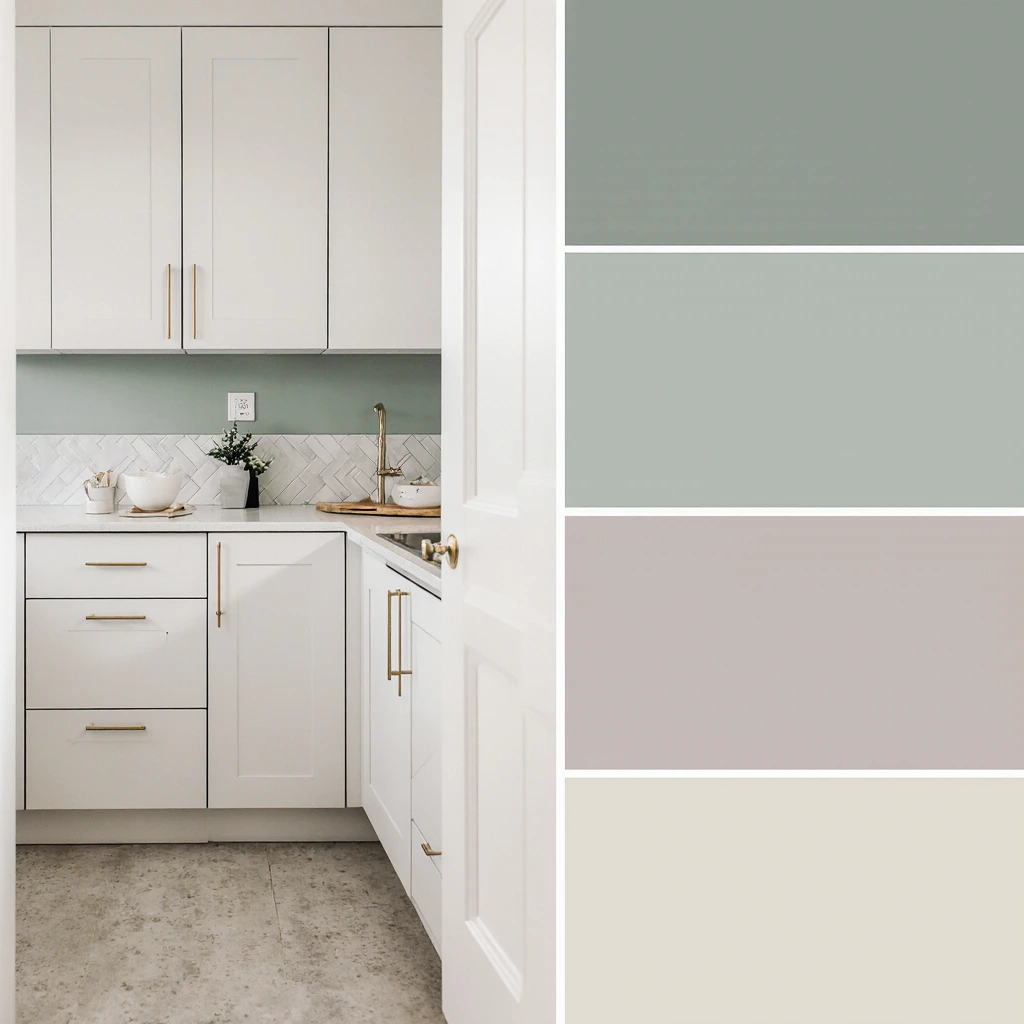
Choosing the right interior paint colors for each room requires considering the function of the space, natural lighting, and the desired overall mood.
Bedroom colors should promote relaxation and restful sleep. Soft blues, such as powder blue or light purple, create a calming atmosphere, while warm neutrals, such as light gray or light beige, add versatility. For those looking to be bold, deep jewel tones, such as emerald green or navy, create a warm and serene feeling when paired with lighter accents.
Kitchen colors should complement natural and artificial lighting, while creating an inviting space for cooking and gathering. Classic white is still popular for its timeless, clean appeal, but warm gray, soft sage green, and creamy ivory are also on trend. Bold walls, such as deep teal or charcoal, can add personality without overwhelming the space.
Bathroom colors should withstand humidity while creating a spa-like atmosphere. Light, muted colors, such as soft mint, pale gray, and warm white, make small bathrooms feel spacious. For bathrooms, you can try bold options like deep navy or deep burgundy for a sophisticated touch.
Living room colors are the main gathering space in the home and should reflect your family’s personality. Neutral colors like beige gray or warm taupe allow flexibility for décor changes, while accent walls in shades like terracotta, forest green, and pale pink add interest without overwhelming the space.
Paint Color Combinations and Styles
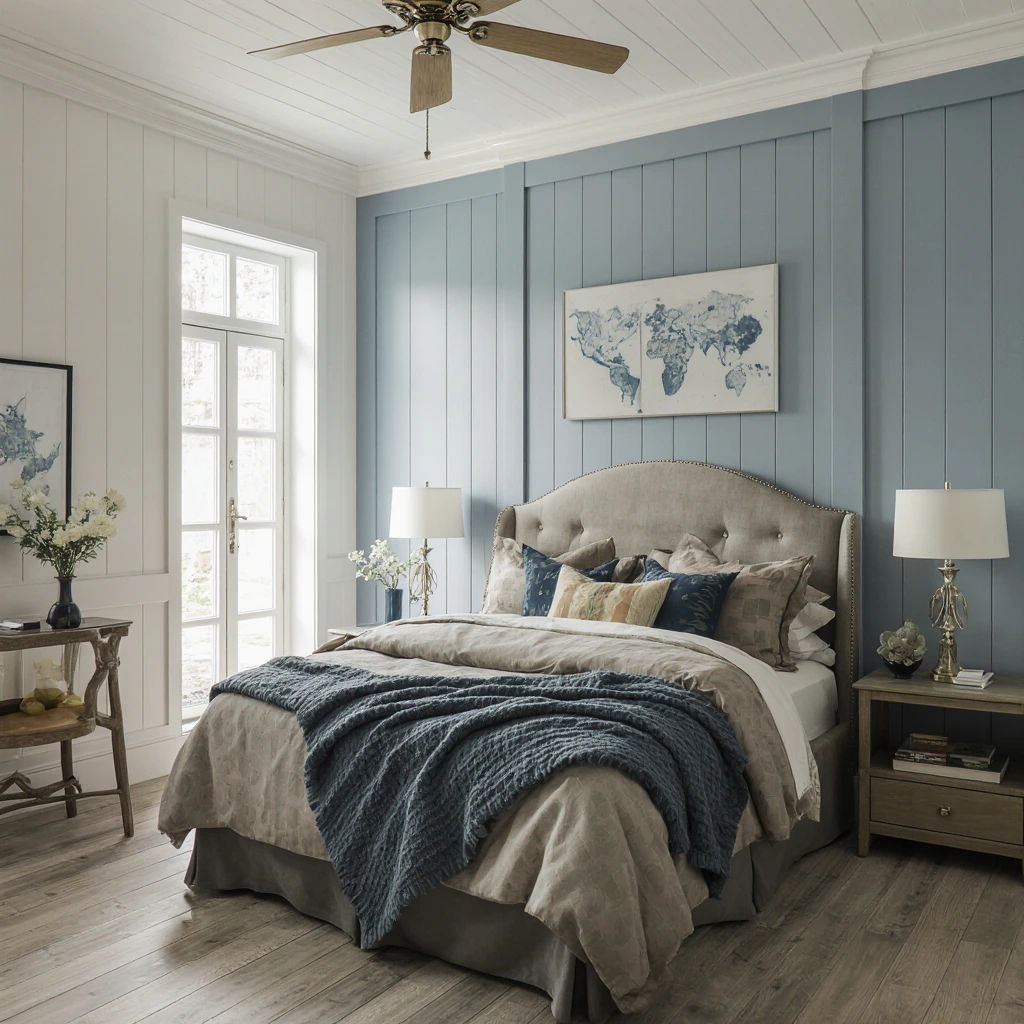
Creating harmonious interior paint colors throughout your home requires an understanding of color theory and current design trends.
Neutral color combinations remain the most popular choice for modern homes. The popular “grey-beige” palette combines the sophistication of gray with the warmth of beige, creating a versatile backdrop for a variety of decor styles. Popular combinations include light beige walls with crisp white trim and touches of dark beige.
Bold color schemes are making a comeback, with homeowners embracing rich, saturated hues. Dark forest green and warm gold create a chic, nature-inspired vibe, while navy blue and soft coral create a sophisticated coastal feel.
Pastel colors are great for bedrooms and nurseries, with soft lavender, mint green, and blush pink creating a calm, dreamy atmosphere. These colors work perfectly when paired with neutral elements to avoid overwhelming the space.
Seasonal Considerations guide your color selection. Spring color palettes, featuring soft yellows and fresh greens, create a cheerful and upbeat atmosphere, while autumn-inspired shades of deep orange and deep brown bring a warm, inviting feel during the colder months.
Home Painting Tips
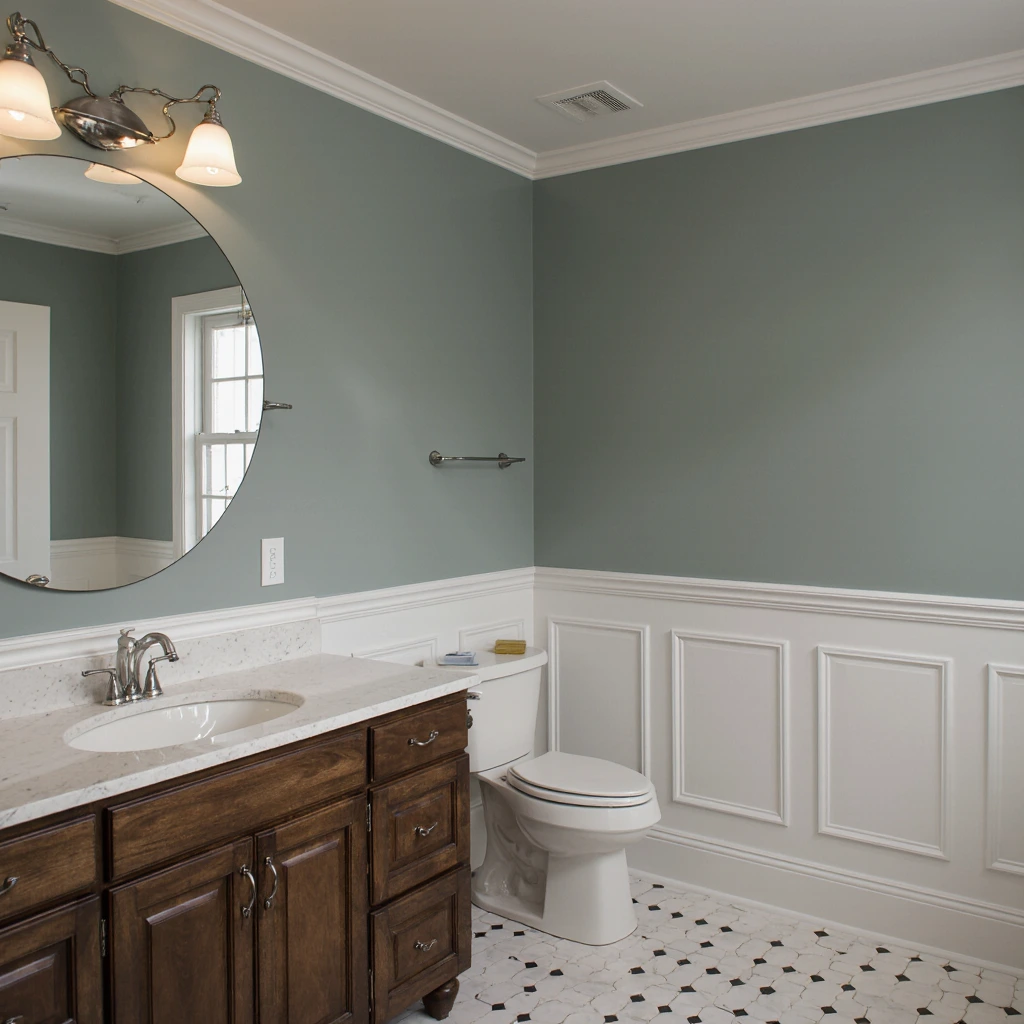
Successful interior paint application requires good preparation and the right tools to achieve professional results.
Essential tools include high-quality brushes for detailed work, paint rollers for large surfaces, painter’s tape for clean lines, a protective drop cloth, and a primer for perfect color coverage. Investing in high-quality tools yields stunning results in terms of appearance and ease of application.
Preparation Steps are essential for lasting results. Thoroughly clean walls, fill holes and cracks with putty compound, sand rough areas to smooth them, and then apply a primer, especially when making dramatic color changes or painting over glossy surfaces.
Application Techniques can determine the success or failure of your project. Start by trimming edges and corners with a brush, then use a roller for key areas of the wall. Apply paint in thin, even coats rather than trying to cover everything with one thick coat. Always keep a wet edge to avoid streaks.
Common mistakes to avoid include not using primer, using cheap brushes that leave streaks, not allowing enough drying time between coats, and poor lighting that prevents you from seeing missed spots or uneven coverage.
Cost Breakdowns and Budget Tips
Understanding paint costs helps you plan your interior paint color project effectively while getting the most out of your budget.
Cost estimates vary per room depending on size and complexity. A standard 12×12 bedroom typically requires a gallon of paint costing between $30 and $80, while larger living spaces may need 3-4 gallons costing between $60 and $160. Don’t forget to account for primer, brushes, rollers, and other supplies.
Money-saving strategies include purchasing paint during sales, purchasing in bulk for multiple rooms, and studying paint samples before committing to a full gallon. Many retailers offer price matching and bulk discounts, which significantly reduces overall costs.
Eco-friendly options, such as low- or no-VOC paints, may be a little more expensive initially, but they improve indoor air quality and enhance the environment. These options are especially important for bedrooms and children’s rooms.
Reusing and recycling can stretch your budget even further. Properly stored leftover paint can be used for touch-ups, and some communities offer paint recycling programs where you can find high-quality paint at discounted prices.
Paint Trends and Inspiration
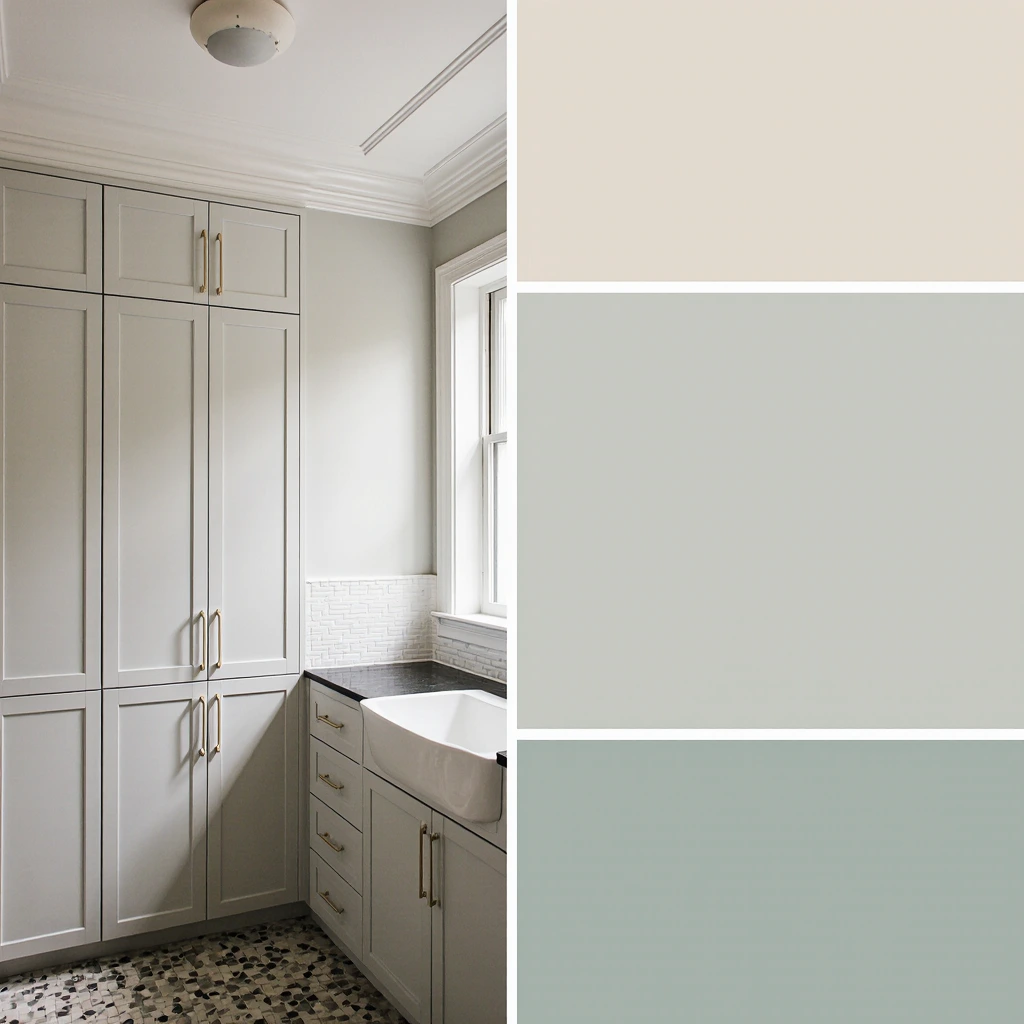
Keeping up with the latest interior paint color trends helps create modern, stylish spaces that feel fresh and modern.
The 2025 color trends focus on warm, earthy tones that bring a natural feel to your interior. Terracotta, sage green, and warm clay colors dominate design magazines and social media platforms. These colors are particularly suited to open-plan homes, where flow between spaces is paramount.
Technology integration influences color choices, with smart home devices and large screens becoming focal points. Neutral backdrops help technology blend seamlessly, while bold walls effectively frame entertainment areas.
Wellness-focused colors reflect a growing interest in creating healthy and calming home environments. Calming blues and greens promote relaxation, while warm yellows and oranges enhance mood and energy.
Social media influences trends, with platforms like Instagram and Pinterest offering bold and eye-catching color combinations. However, it’s important to choose colors you’ll love to live with every day, not just those that photograph well.
Common House Painting Mistakes
Avoiding these common mistakes ensures your interior paint colors look professional and last longer.
Color selection mistakes include choosing colors based only on small swatches, not taking into account the room’s lighting throughout the day, and not testing colors in the actual space. Always paint large swatches and observe them under different lighting conditions and times.
Preparation mistakes, such as skipping a primer coat, not cleaning the surface adequately, or poor repair work, will show up even the best paint. Taking the time for proper preparation prevents repainting costs and ensures professional results.
Application mistakes, such as overloading brushes, painting in direct sunlight, or rushing between coats, can cause streaks, brush marks, and uneven coverage. Patience and proper technique are essential for high-quality results.
Planning mistakes include underestimating paint quantities, not having a spare stock, and poor timing that makes rooms unusable during important events. Always purchase 10-15% more paint than calculated and plan projects at appropriate times.
How to Maintain Painted Walls
Regular maintenance keeps your home’s interior paint colors looking fresh and significantly extends their lifespan.
Regular cleaning with appropriate methods prevents the buildup of dirt, which can dull the colors and cause permanent stains. Use gentle cleaners suitable for your home’s paint, cleaning from the bottom up to avoid leaving streaks.
Smoothing strategies require storing leftover paint properly. Label paint cans with room names and dates, and store them in temperature-controlled areas to prevent damage.
Preventing damage includes using furniture cushions to prevent scratches, treating stains immediately, and maintaining proper humidity levels to prevent paint from cracking or peeling.
Professional maintenance may be necessary in high-traffic areas or when refinishing becomes more frequent. Knowing when to repaint versus ongoing maintenance helps preserve your home’s appearance and value.
Conclusion
Choosing the perfect interior paint colors transforms your home into a reflection of your personal style and creates comfortable and functional living spaces. From understanding paint finishes and color psychology to mastering application and maintenance techniques, this comprehensive guide provides the knowledge needed for successful painting projects. Remember, great painting jobs start with good preparation, using quality materials, and adhering to realistic timelines. Whether you’re updating a single room or undertaking a complete home renovation, these expert tips will help you achieve professional results you’ll love for years to come.
Try these paint ideas in your next home renovation and let us know how it turned out in the comments. Sign up for more home decor guides that will help you create your perfect living space!
Best Amazon Picks :
FAQs
What is the best paint for bathrooms?
Semi-gloss or satin finishes are best for bathrooms because they are moisture-resistant and easy to clean. Look for paints specifically labeled “bathroom paint” or “moisture-resistant” for optimal performance in high-humidity environments.
How long does it take for paint to dry before applying another coat?
Most paints require two to four hours between coats, but drying times vary depending on humidity, temperature, and paint type. Refer to the manufacturer’s instructions and ensure the first coat is completely dry to the touch before applying the second coat.
How do I choose a color that matches my furniture?
Start by identifying the underlying colors in your furniture, then choose paint colors with complementary or complementary undertones. Use the 60-30-10 rule: 60% dominant neutral, 30% secondary, and 10% accent color to create balanced and harmonious spaces.
Can I paint dark walls without a primer?
Generally speaking, no. Dark colors require a high-quality primer to ensure perfect coverage and color accuracy. Skipping a primer when painting dark walls often results in uneven coverage, requiring additional coats and ultimately costing more time and money.
What’s the difference between warm and cool paint colors?
Warm colors contain shades of red, orange, or yellow and create a warm, inviting atmosphere. Cool colors contain shades of blue, green, or purple and create a sense of calm and spaciousness. Understanding color shades helps create the right atmosphere for every room.

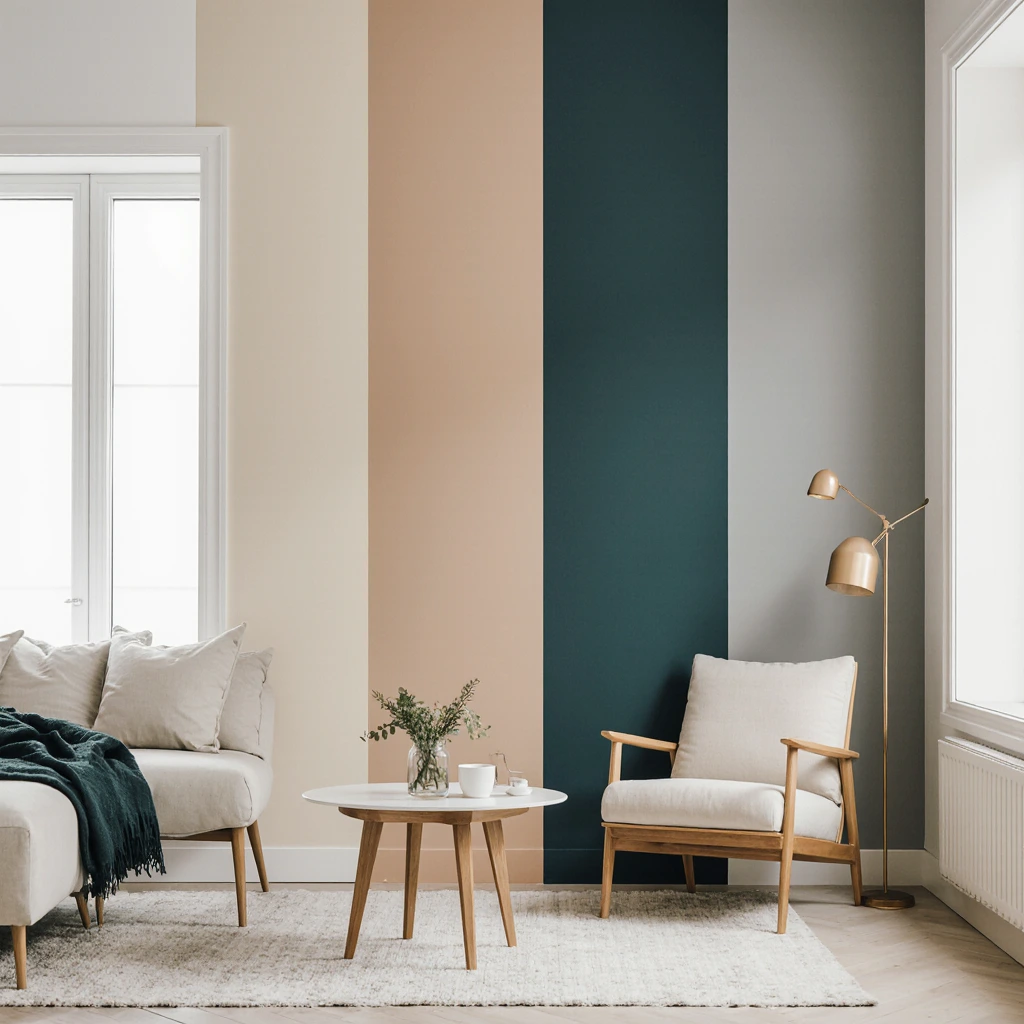
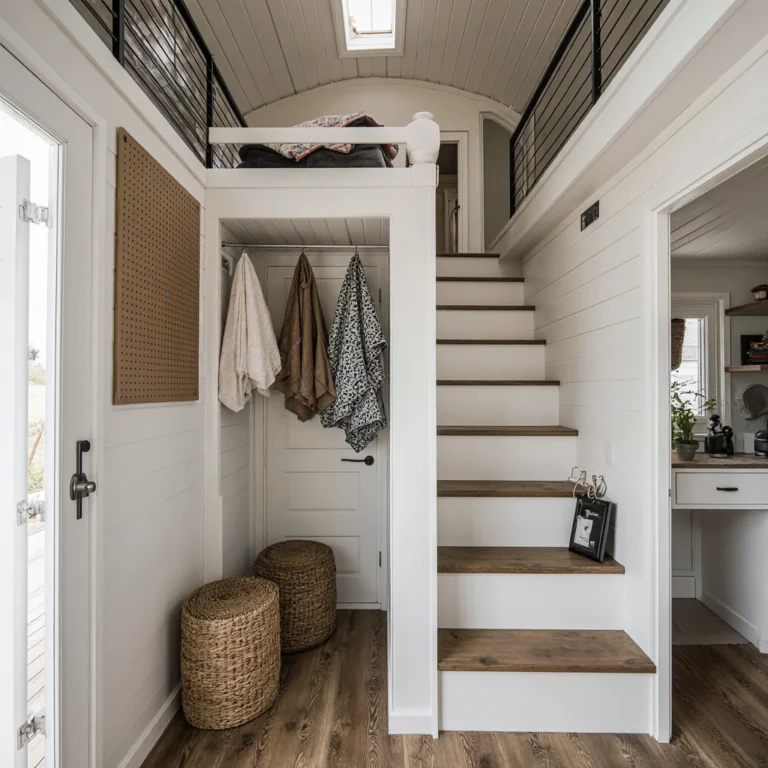
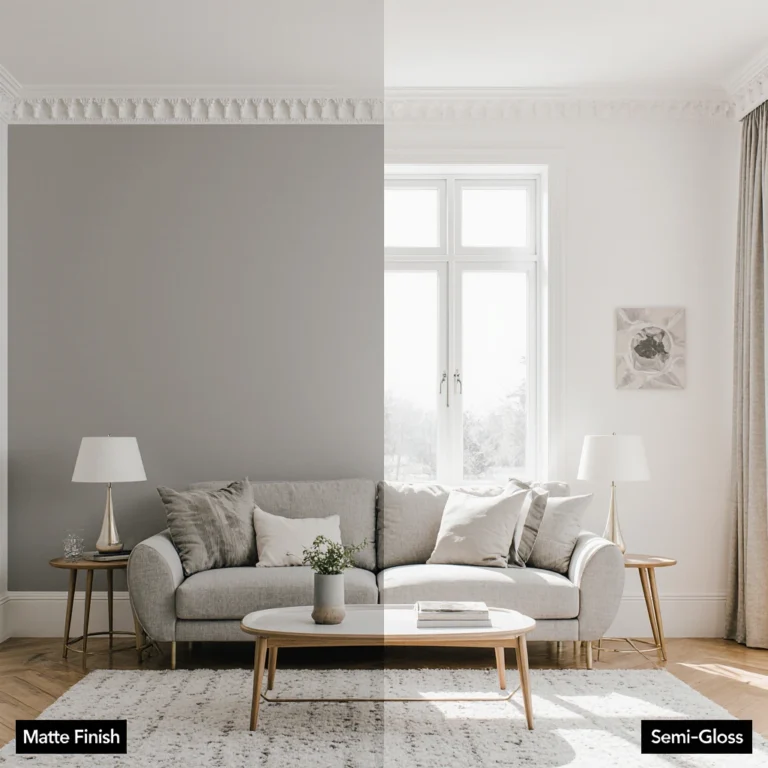
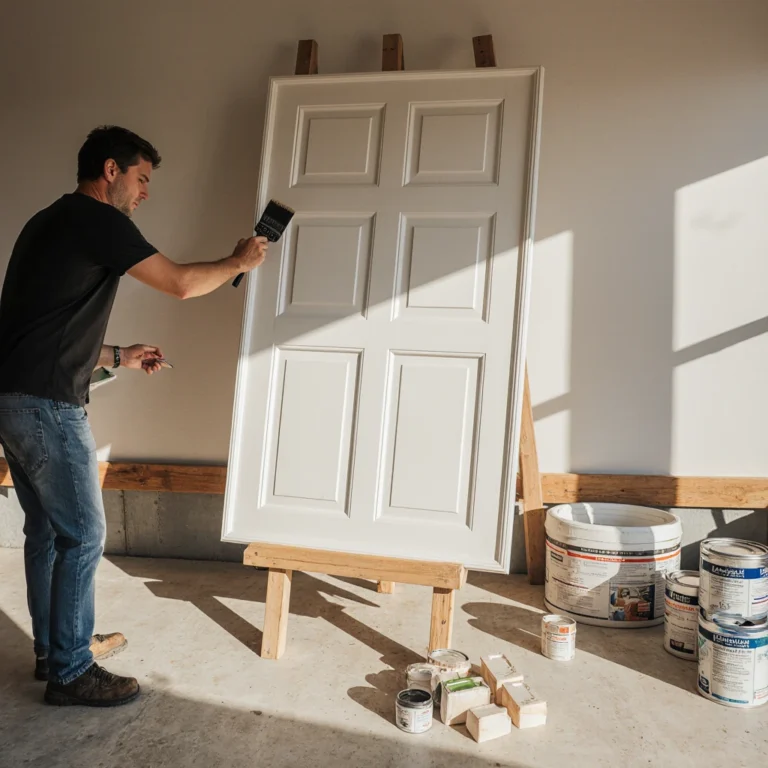
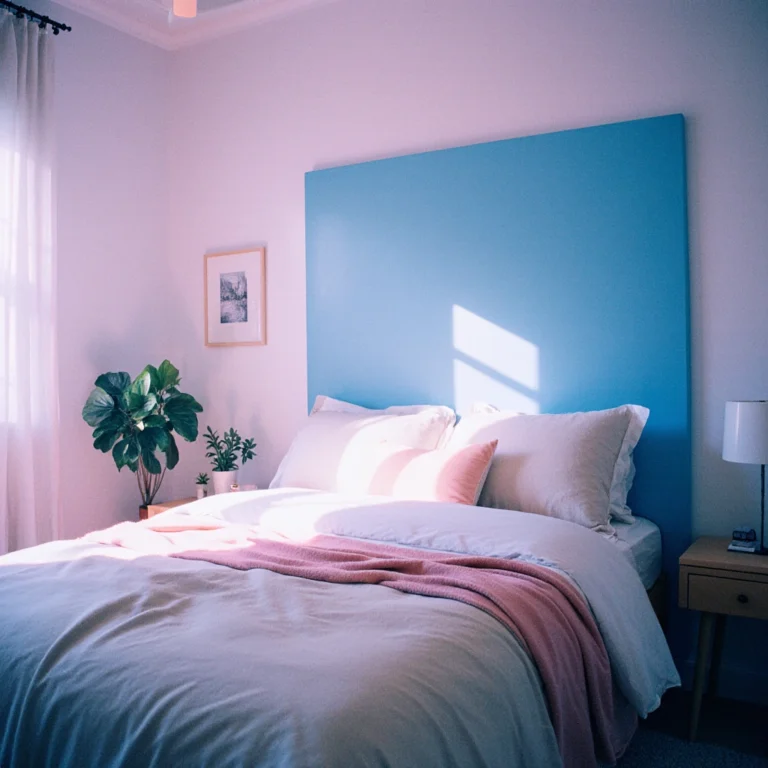
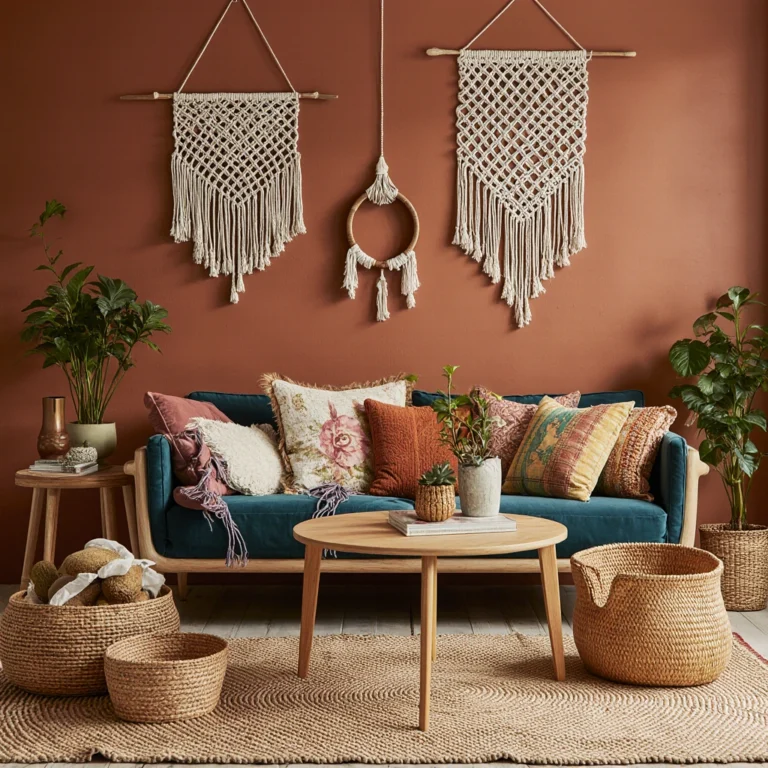
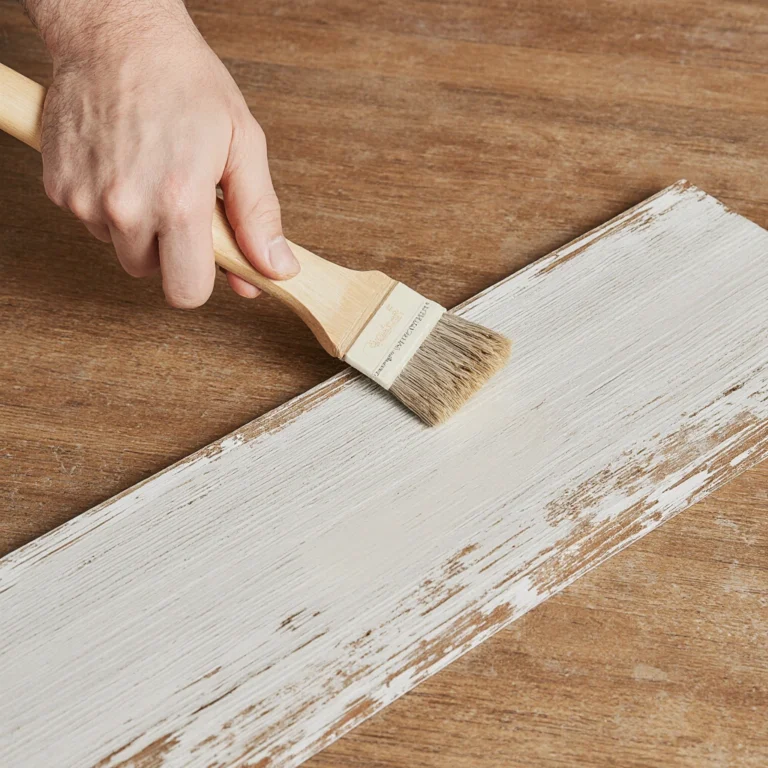
One Comment
Comments are closed.